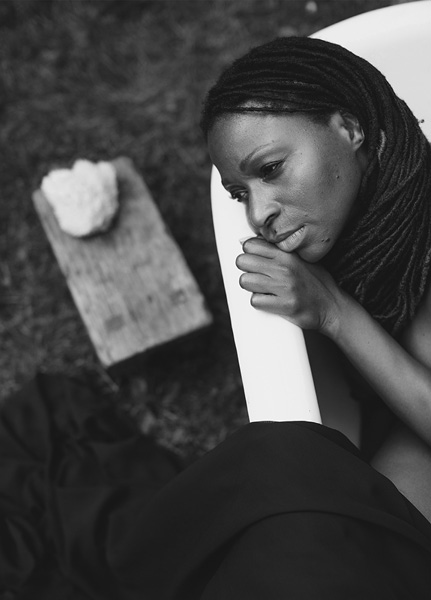
BATHTUB
first performed on November 20, 2016
Brooklyn Arts Exchange, Brooklyn, NY
performed once in 2016
TANISHA CHRISTIE
Kristin Horton (Director), JD Urban (Video and Sound Installation), Deb O (Production Design)
Brooklyn, NY
888572998t888572998a888572998n888572998i888572998s888572998h888572998a888572998c888572998h888572998r888572998i888572998s888572998t888572998i888572998e888572998@888572998g888572998m888572998a888572998i888572998l888572998.888572998c888572998o888572998m
tanishachristie.com
BATHTUB
TANISHA CHRISTIE
“Bathtub” is an iterative, multimedia performance event of radical intimacy and surrender. The performance achieves this by inviting an audience to experience a bath with a black woman.
There are few spaces as private as the bath. It is here that I have pondered the complexity of my emotions, my femininity, my sorrow, and blackness, unmediated by others. It is the place where I become intimate with my rage and anguish. It is here that I replenish and refuel. With this work, I am inviting others into this space to engage beyond the gaze and enter into a conversation characterized by vulnerability.
The small audience is invited in and sits in close proximity. There is music. The performance opens with a washing movement/dance. There is a video camera recording. Sometimes in despair, sometimes in joy, I look at each audience member. A video then plays, sharing a personal story that is intertwined with the familiar, mediated violence of black people. The images and sound are juxtaposed against Brahms’ “Intermezzo Op.117-2,” played on a grand piano by a black man in a black hoodie in a concert hall. The video concludes, and then I sit in a chair close to the audience and share two personal encounters with racism. The stories begin with the phrase, “I’m having difficulty managing my own empathy.” It ends with a question for the audience: “what is your difficulty?” There is silence while we wait for someone to answer. The direct eye contact is not in judgment but is imploring something beyond opinion. A dialogue between individuals in the audience and myself ensues. Ultimately, we are witnesses to each other in this moment of vulnerability that no longer feels like my own. A video camera rolls, adding tension to the dialogue as the audience becomes aware that their words will be configured into the next iteration of this performance.